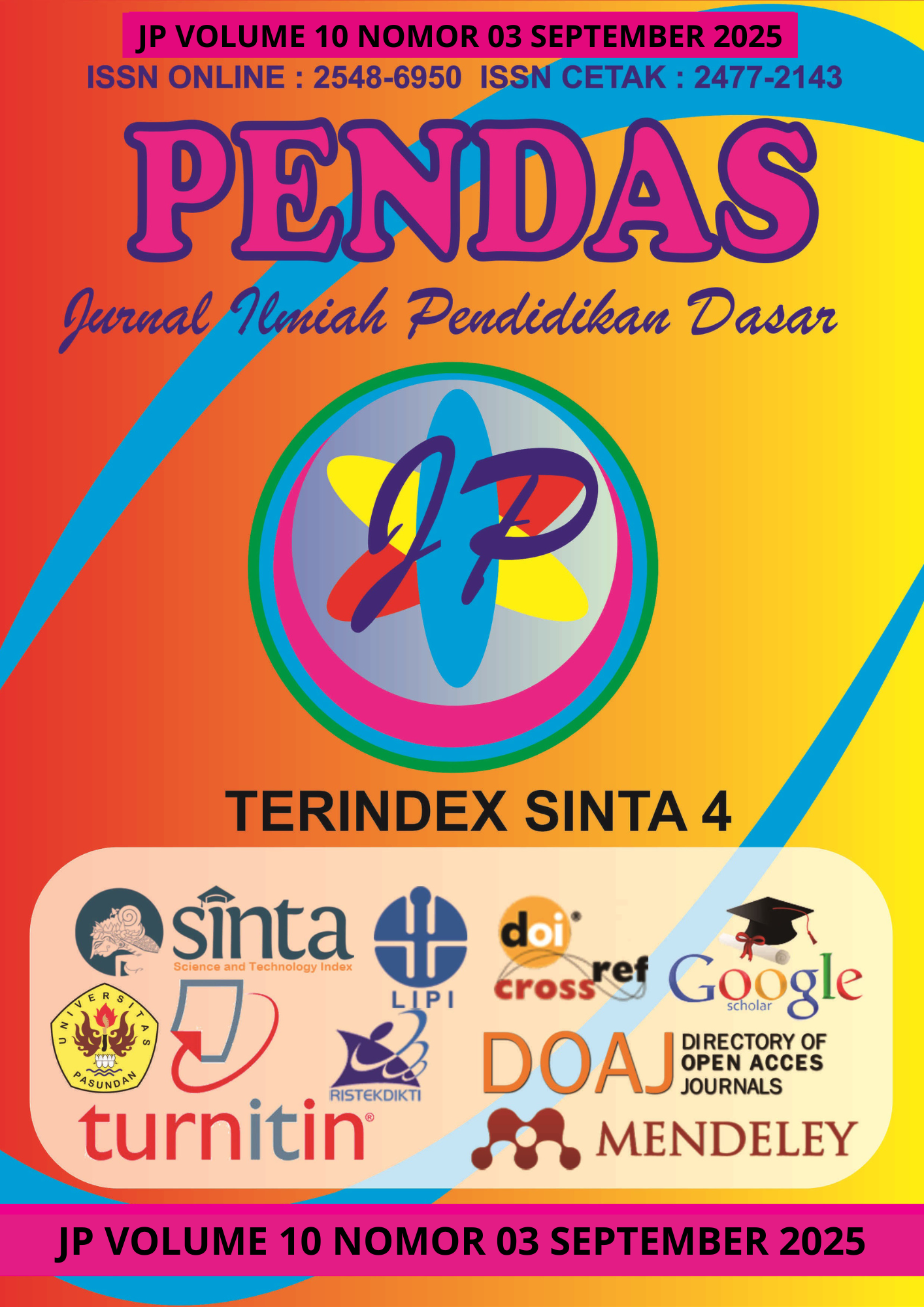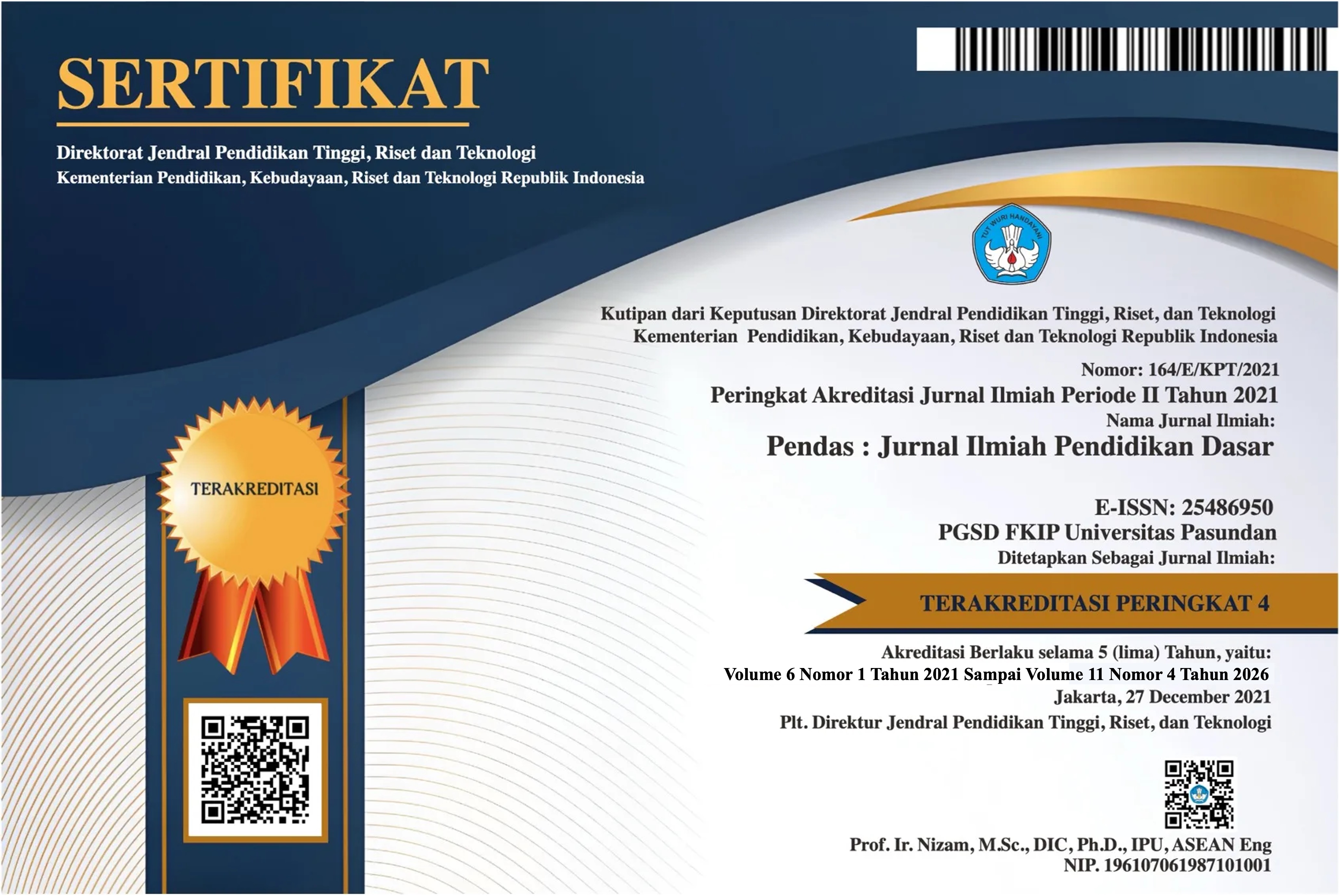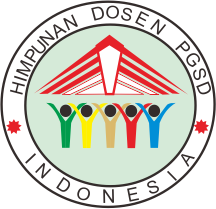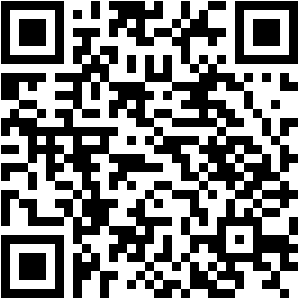PENERAPAN MODEL CREATIVE PROBLEM SOLVING UNTUK MENINGKATKAN KEMAMPUAN BERPIKIR KREATIF SISWA GEOGRAFI DI SMA PERTIWI 1 PADANG
DOI:
https://doi.org/10.23969/jp.v10i3.30537Keywords:
Learning Model, Creative Problem Solving, Creative Thinking AbilityAbstract
This research aims to 1) Know the application of the use of the Creative Problem Solving model to improve students' creative thinking skills and to 2) Know the effect of using the Creative Problem Solving model to improve students' creative thinking skills at SMA Pertiwi 1 Padang. The research method used in this research is the Quasi Experiment Method with the research design of Nonequivalent Control Group Design. Sampling was done by Random Sampling technique. The samples in this study were students of class X.1 as an experimental class using the Creative Problem Solving learning model and class X.3 as a control class using Conventional learning media. Data collection uses pretest and posttest instruments in the form of multiple choices that have been tested for validity, reliability. The results of the study explained that 1) The application of the Creative Problem Solving model to improve students' creative thinking skills at Pertiwi 1 Padang High School in class X.1 as an experimental class is declared quite effective to be applied, this is evidenced by documentary evidence and observations related to the activeness of students in applying the Creative Problem Solving model, which of the 4 indicators of creative thinking ability, there are 3 indicators that students understand best including Fluency (the ability to express many ideas fluently and confidently related to atmospheric problems), flexibility (diversity, being able to produce many diverse ideas regarding solutions to reduce the impact of air pollution in the surrounding environment), originality (creating an answer from the direction of one's own views related to atmospheric problems in the environment) The success of this application is supported by school facilities and infrastructure such as internet connections (Wi-Fi), and students are allowed to use laptops and mobile phones. 2) The effect of the Creative Problem Solving learning model on students' creative thinking skills in class X.1 SMA Pertiwi 1 Padang with the average posttest of the experimental class of 87.24 and the average posttest of class X.3 as the control class of 71.94. Data analysis using the Independent Sample T-Test test from the calculated data obtained a significance level (Sig.) of 0.003 because the significance is smaller than 0.05 (0.003 <0.05), then Ho is rejected and Ha is accepted.
Downloads
References
Anis, Q. (2022). Pengaruh Pembelajaran Creative Problem Solving (Cps) Terintegrasi Islam Terhadap Kemampuan Pemecahan Masalah Siswa Sma Ditinjau Dari Penalaran Matematis (Doctoral Dissertation, Uin Raden Intan Lampung).
Amin, S. (2020)Pengaruh Model Pembelajaran Problem Based Learning Terhadap Kemampuan Berpikir Kritis Dan Hasil Belajar Geografi. JPG (Jurnal Pendidikan Geografi), 4(3), 25-36
Aziz, Z., & Prasetia, I. (2021). Model Pembelajaran Creative Problem Solving Dan Kemampuan Berpikir Kreatif Siswa. Muhammadiyah University North Sumatra.
Bressington, D. T., Wong, W. Kit, Lam, K. K. C., & Chien, W. T. (2019). Concept To Promote Meaningful Learning, Help Relate Theory To Practice And Improve Learning Self-Efficacy In Asian Mental Health Nursing Students: A Mixed-Methods Pilot Study. Nurse Education Today, 60(February 2017), 47–55.
Chen, S. Y., Chang, H. C., & Pai, H. C. (2020). Caring Behaviours Directly And Indirectly Affect Nursing Students’ Creatife Thinking. Scandinavian Journal Of Caring Sciences, 32(1), 197–203.
Dakhi, A. S. (2020). Peningkatan Hasil Belajar Siswa. Jurnal Education And Development, 8(2), 468-468.
Hidayah, A. P., & Mushoddik, M. (2023). Model Pembelajaran Creative Problem Solving Untuk Meningkatkan Kemampuan Berpikir Kreatif Siswa SMA Pada Mata Pelajaran Geografi. Jurnal Educatio FKIP UNMA, 9(4), 1825–1831. Https://Doi.Org/10.31949/Educatio.V9i4.6254
Hsiao, H. S., Lin, C. Y., Chen, J. C., & Peng, Y. F. (2021). The Influence Of An Augmented Reality-Based Creative Problem-Solving Activity On Students’ Creativity, And Problem-Solving, And Self-Efficacy. Thinking Skills And Creativity, 41, 100893.
Huynh, N. T., & Sharpe, B. (2020). The Geography Of Problem-Based Learning: A Case Study Of A Blended-Learning Course. Journal Of Geography In Higher Education, 44(1), 103–122.
Nugraha, M. G., Permanasari, A., & Hamidah, I. (2019). The Effect Of Creative Problem Solving-Based STEM On Students' Creative Thinking Skills In Chemistry. Journal Of Science Learning, 2(2), 56–62
Otterpohl, N. (2021). Which One Works Best? Considering The Relative Importance Of Motivational Regulation Strategies. Learning And Individual Differences, 53, 122–132.
Rahman, S. (2022, January). Pentingnya Motivasi Belajar Dalam Meningkatkan Hasil Belajar. In Prosiding Seminar Nasional Pendidikan .
Rahmawati, D., & Suyanto, S. (2023). The Effect Of The Creative Problem Solving Model On The Creative Thinking Skills Of Elementary School Students. Jurnal Prima Edukasia, 11(1), 123–133
Sari, S. N. (2023). Pengaruh Model Pembelajaran Creative Problem Solving Terhadap Hasil Belajar Kognitif Siswa Kelas Xi Ips Sma Negeri 7 Tambun Selatan Pada Materi Dinamika Penduduk (Doctoral Dissertation, Universitas Negeri Jakarta).
Schwinger, M., (2021). Which One Works Best? Considering The Relative Importance Of Motivational Regulation Strategies. Learning And Individual Differences, 53, 122–132.
Simonton, D. K. (2022). The Blind-Variation And Selective-Retention Theory Of Creativity: Recent Developments And New Directions. Review Of General Psychology, 26(1), 115–128.
Xiang, X & Liu, Y. (2020). Understanding ‘Change’ Through Creative Thingking Using Creative Problem Solving In Secondary Geography. Journal Of Computer Assisted Leaning, 33 (1), 1-14.
Downloads
Published
Issue
Section
License
Copyright (c) 2025 Pendas : Jurnal Ilmiah Pendidikan Dasar

This work is licensed under a Creative Commons Attribution 4.0 International License.



















